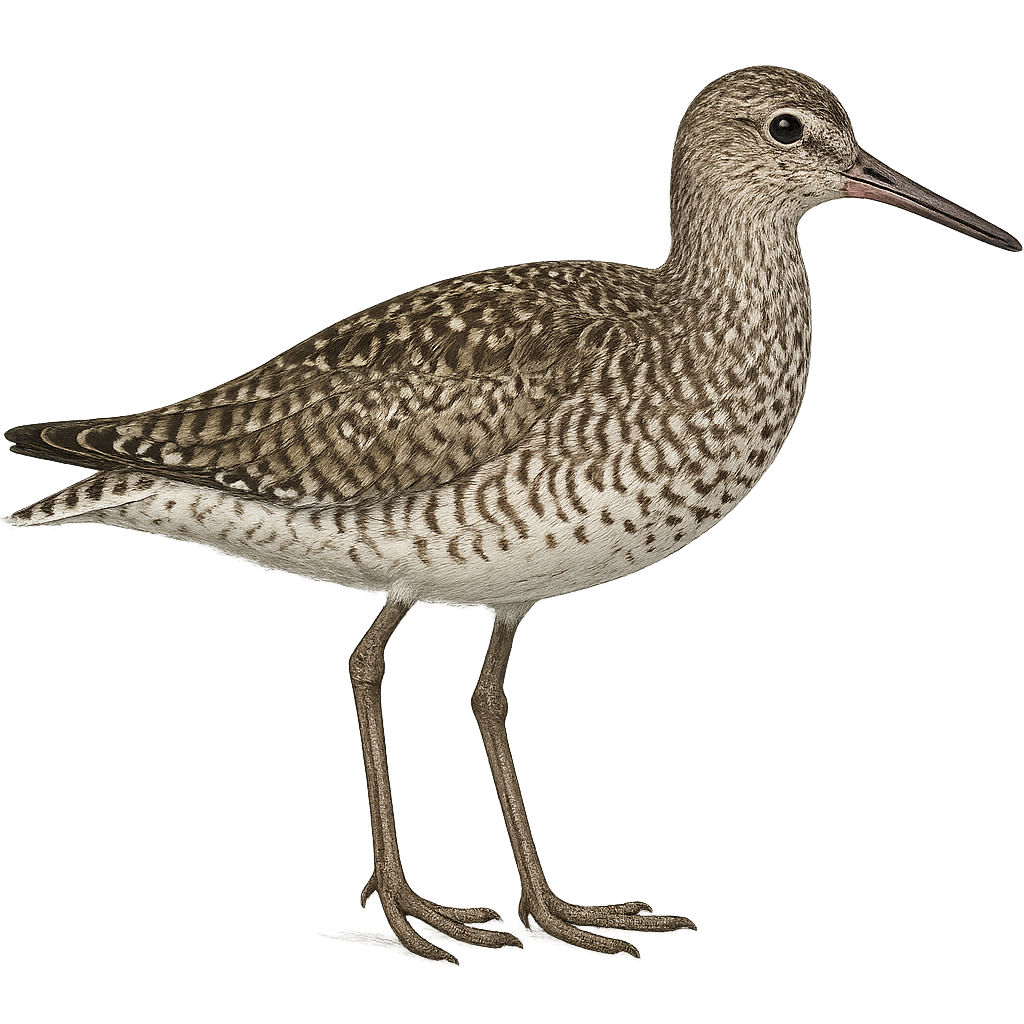Your wildlife photography guide.
Explore the willet in detail, study its behavior, prepare your shots.
Where to observe and photograph the willet in the wild
Learn where and when to spot the willet in the wild, how to identify the species based on distinctive features, and what natural environments it inhabits. The WildlifePhotographer app offers tailored photography tips that reflect the willet’s behavior, helping you capture better wildlife images. Explore the full species profile for key information including description, habitat, active periods, and approach techniques.
Willet
Scientific name: Tringa semipalmata

IUCN Status: Least Concern
Family: SCOLOPACIDAE
Group: Birds
Sensitivity to human approach: Suspicious
Minimum approach distance: 10 m
Courtship display: May to June
Incubation: 22-24 jours
Hatchings: May to July
Habitat:
Wetlands, beaches, coastal marshes
Activity period :
Primarily active during the day, with peak activity in the morning and late afternoon.
Identification and description:
The Willet is a medium-sized bird belonging to the Scolopacidae family. It is characterized by its long legs and straight, sturdy bill. Its plumage is primarily gray-brown with lighter patterns on the belly. In flight, its wings reveal a distinctive white band. This bird mainly inhabits wetlands, beaches, and coastal marshes. It is often seen probing the ground for small invertebrates, crustaceans, and mollusks. Although generally solitary, it can form small groups during migration. The Willet is a partial migrant, breeding in northern regions and wintering further south.
Recommended lens:
400mm – adjust based on distance, desired framing (portrait or habitat), and approach conditions.
Photography tips:
To photograph the Willet, it is advisable to use a telephoto lens of at least 400mm to capture precise details without disturbing the bird. Opt for the golden hours of morning or evening to benefit from soft, flattering light. Approach slowly and discreetly, using surrounding vegetation as cover. Be patient and wait for the bird to feel comfortable to capture natural behaviors.
The WildlifePhotographer App is coming soon!
Be the first to explore the best nature spots, track rutting seasons, log your observations, and observe more wildlife.
Already 1 431 wildlife lovers subscribed worldwide

